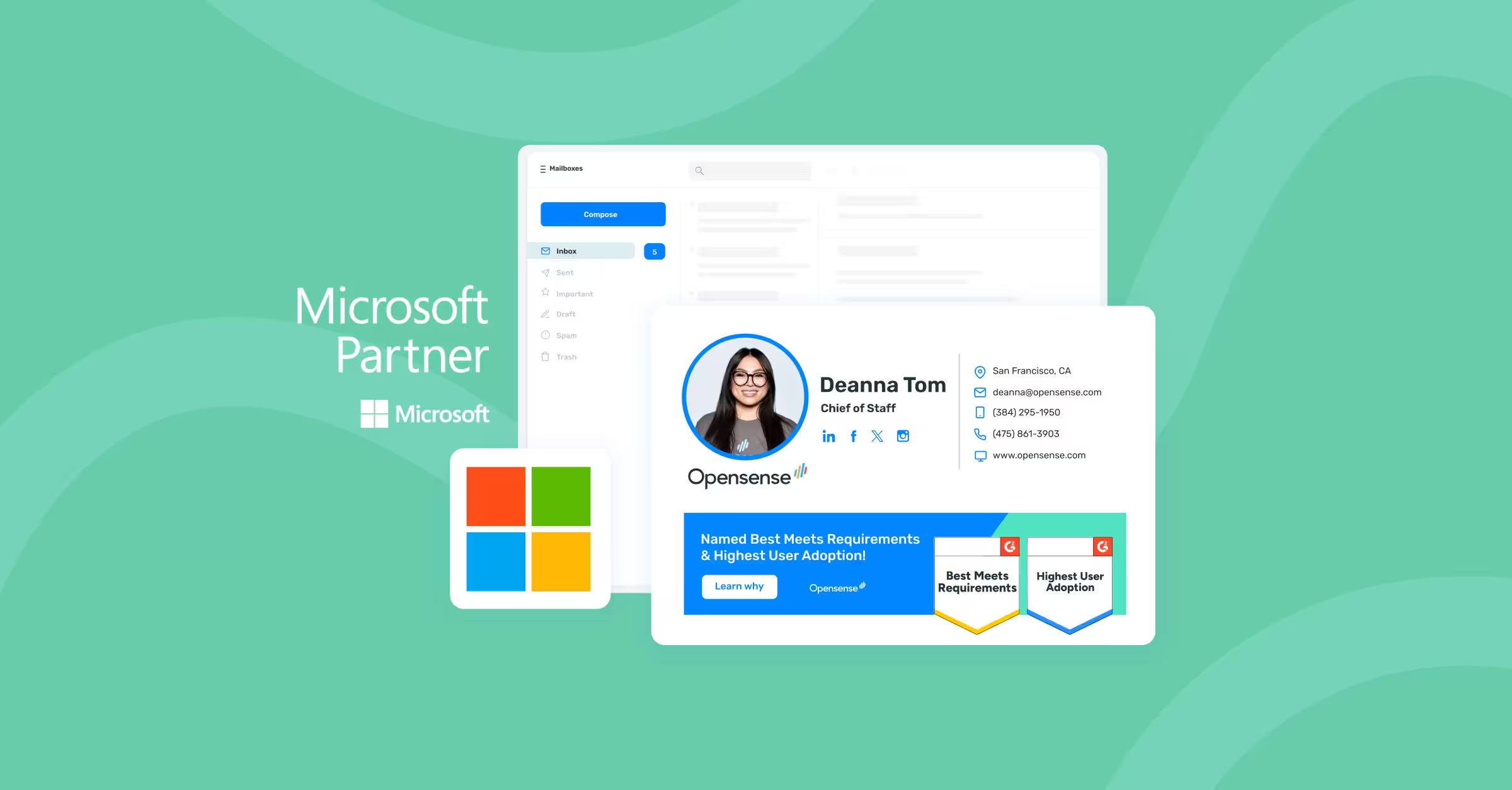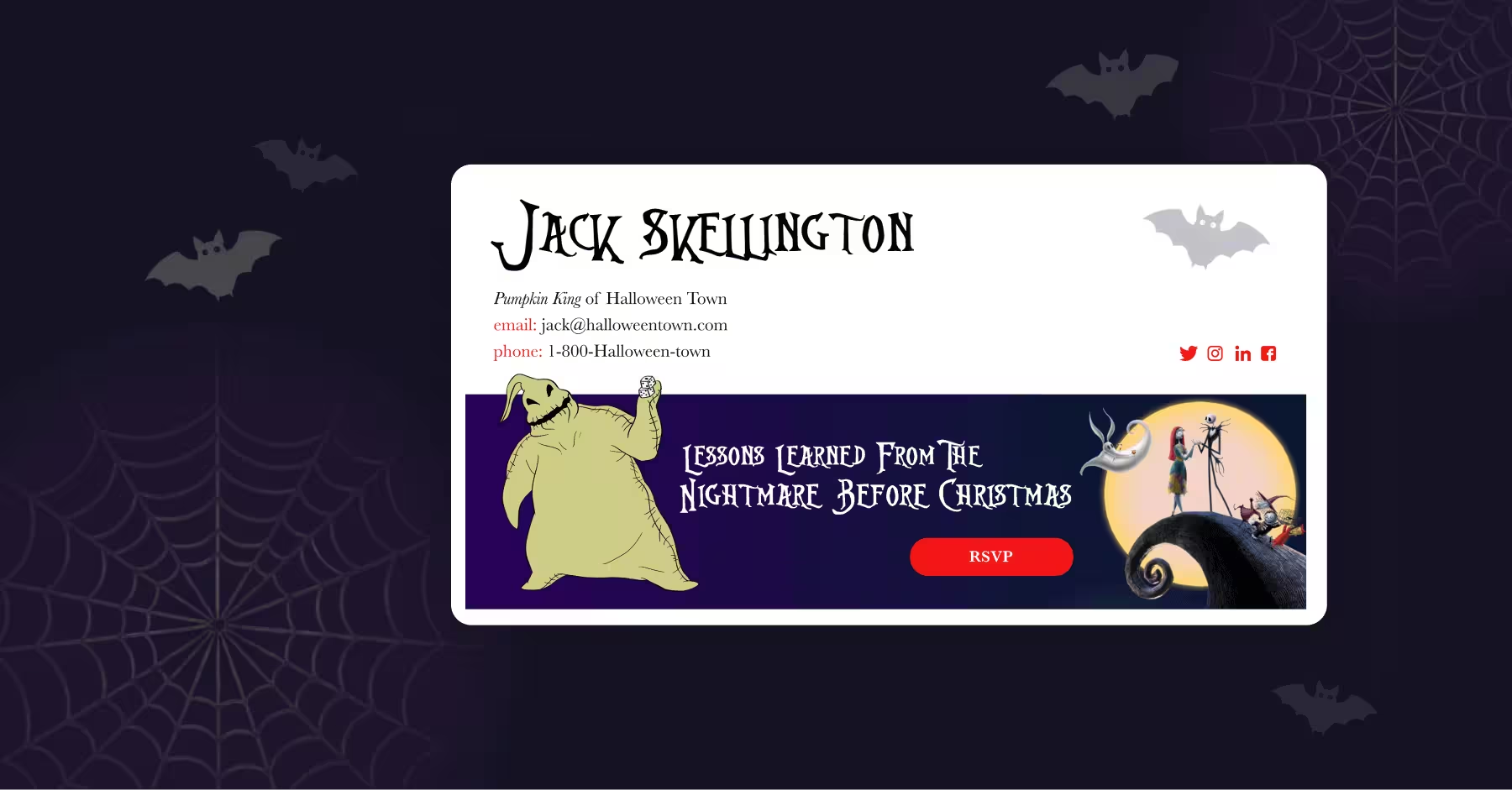
Email Compliance Checklist for Cold Outreach in 2022
Pulling off a successful cold email outreach campaign can become a nightmare if sales and marketing teams are unaware and unprepared for compliance regulations world-wide. Privacy and data protection laws across Europe and America place particular emphasis on how you gather and process their data. That's why it's important to have a firm understanding of what is appropriate and what's not. Fortunately, businesses that invest in a foundational understanding of email compliance will deliver a better experience for their prospects overall. In addition, you'll avoid getting hit by fines and potentially breaking laws - who wants to do deal with that anyways?
If you don't know where to start, start here: Below, we've included a checklist for cold outreach email compliance best practices to follow in 2022.
Monitor the data you collect and process.
After the recent regulations, cold outreach is no more a "lock and loaded" mass email blast. You must thoughtfully cater to your targets and monitor the data you process. Take GDPR's laws into account here. When collecting user data, consider the adequacy and the relevancy of collection. Don't store more data than you require, and don't collect anything unrelated to your campaign. Remember that the more user data you deal with, the more effort you have to ensure user safety.
Following documented guidelines is the best way to maintain a uniform data collection process. While cold-emailing to prospects, refer to data collection rules and monitor data processing records to protect your business.
1. State the purpose of communication
Cold outreach in 2022 depends strongly on consent acquisition and email copy personalization. The opt-in email page must mention the purpose of asking for email addresses and notify users if the purpose changes later. In addition, users must give active consent, meaning pre-checked boxes don't count as freely given consent. Both CASL and GDPR agree on this.
Besides consent, "legitimate interests" is another "lawful basis of processing" under GDPR. For example, marketing is a legitimate interest, but you have to justify the usage by showing compelling benefits while having minimal impact on user privacy. An example would be notifying interested folks about your next charity event, which falls under direct marketing.
Legitimate interests don't require express consent, but you're assuming far greater responsibilities as a business by using this to reach out to cold prospects. If you're worried prospects would object to your cold emails, focus on acquiring express consent instead.
2. Build organic email lists and frequently clean them
An organic mailing list for cold outreach is the ideal way to go about it. However, while you are free to buy email lists from third-party scrapers to save time and effort, it may not be a viable option—both marketing KPI and compliance-wise.
Organically collecting email addresses ensure you follow all the consent best practices that will lead to fewer spam alerts and opt-out requests. Some of the best ways to ask for express consent are by offering free downloads and free consultation or service. In addition, both GDPR and CASL require businesses to process leads and opt-out requests on time.
Email lists for cold outreach also tend to change over time. For example, some email accounts can become invalid, or the users might stop interacting with your emails. This is why you must clean your email list frequently to ensure your deliverability is high and you don't run into email storage limits.
3. Personalize your subject lines and email copy
Did you know that 33% of recipients open emails based on the subject line alone? Personalized subject lines ensure your email campaigns work flawlessly without raising compliance red flags. The CAN-SPAM act pays special attention to well-crafted subject lines. Here are some best practices you must follow:
- Focus on relatability - Write subject lines that evoke curiosity and encourage people to open the emails.
- Write short and punchy subject lines - Subject lines with 4-8 words perform best. Experiment with punctuation marks and emojis to see what works best.
- Be authentic and provide value upfront - Making people open emails at all costs is not a good practice because recipients can still mark you as spam. Focus on honesty and tell recipients what's inside the email.
- Use the pre-header box - Most marketers forget to use the preheader box, which can be used to extend the offer mentioned in the subject line.
Your cold email body should be short and precise. Use simple sentences to break down your offer and white spaces to improve readability. While reaching out the first time, state your purpose clearly to tell a recipient what to expect from the email. Make sure the sender's address is easily verifiable and has a name attached to it. CASL, in particular, requires businesses to include contact information, including physical addresses, in each email.
4. Use a simple opt-out process.
GDPR, CAN-SPAM, CASL— all regulations ensure recipients can freely unsubscribe from marketing emails at any time. Opt-out methods should be conspicuous and straightforward. Recipients cannot be made to jump through hoops to unsubscribe from your mailing list. But what about the recipients who have never interacted with your brand? Adding an unsubscribe button in cold emails might seem useless, but including some opt-out mechanism is essential.
The best way to incorporate an opt-out process is by adding a postscript or a disclaimer. For example, under the CTA of your email, add something like this: "PS, if you don't want to hear from me, just reply to let me know, and I'll remove you from my list." This ensures you're not annoying cold prospects with irrelevant emails and protecting your business from compliance violations simultaneously.
Email compliance laws exist to prevent businesses from exploiting user data. While creating a cold outreach campaign, focus on outreach relevancy, data transparency, and delivery timeliness.
Worried that your cold outreach campaign is not compliant? Opensense can help!
At Opensense, we're helping businesses protect their cold email campaigns with CASL, GDPR, and CAN-SPAM-compliant tools. Opensense assists sales, marketing, and privacy teams traverse the complex world of user consent and achieving their goals without worrying about fines.
Get in touch with us to see how we're enabling universal email compliance worldwide.
Hungry for more?
- The Impact of GDPR on B2B Email Outreach
- The Ultimate Guide to Compliant Cold Email Outreach (Updated for 2022)
- A Beginner's Guide to Complying With CASL
- The End of Email Pixels—the Looming Crackdown in Email Privacy


.svg)



.svg)



